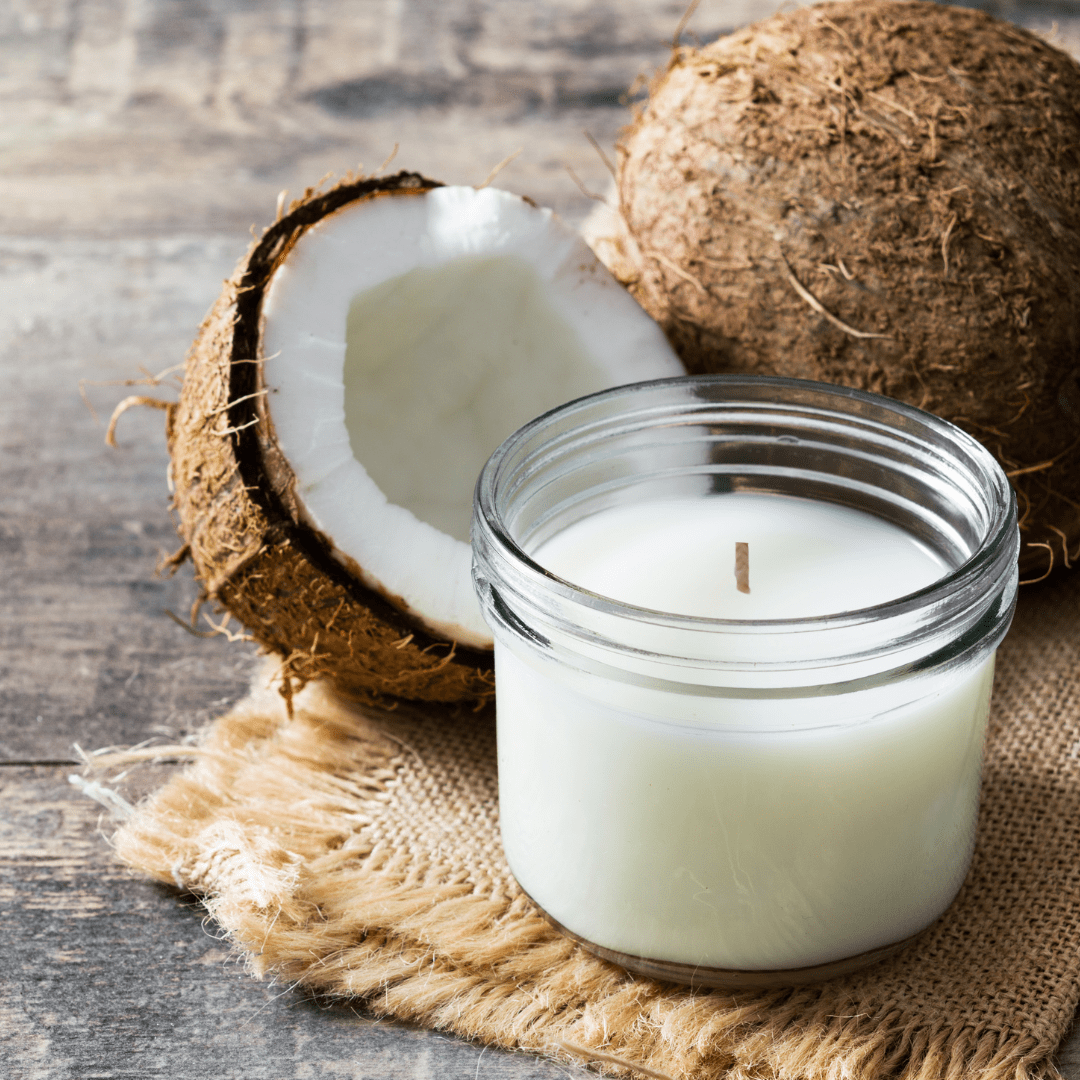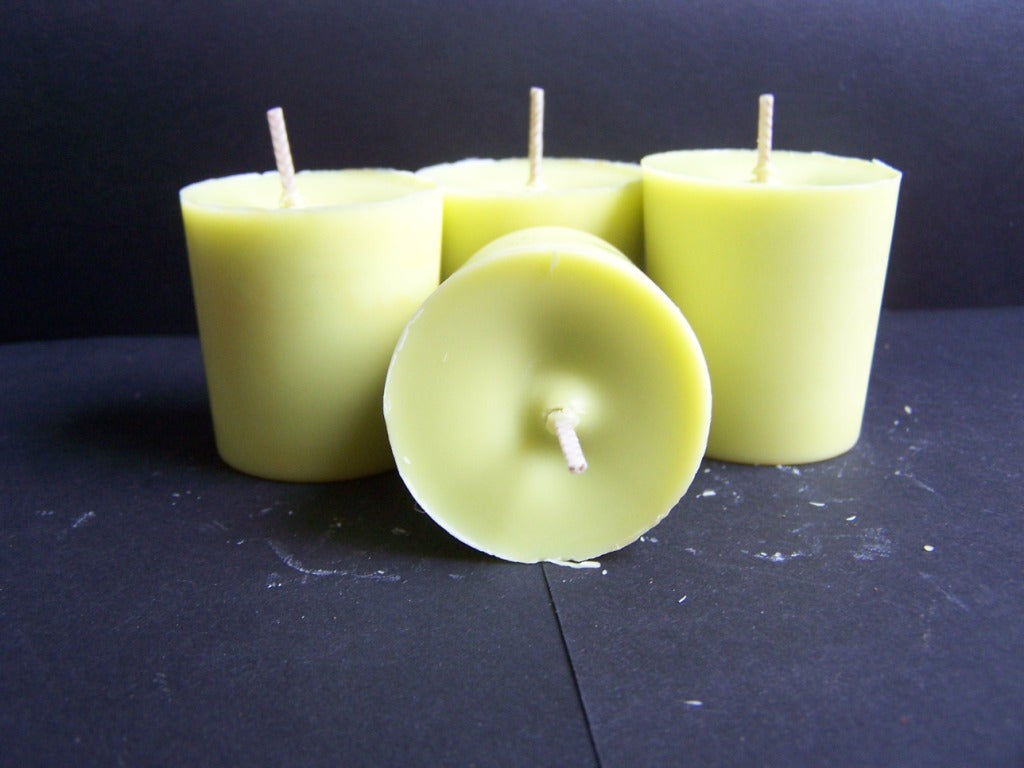Illuminate Your Atmosphere with Crystal Soy Candles and Home Fragrance
Illuminate Your Atmosphere with Crystal Soy Candles and Home Fragrance
Blog Article
From Wick to Wax: Recognizing the Chemistry Behind Soy Wax Candles and Their Environmental Impact
As we illuminate our areas with the cozy glow of candles, there exists a world of complex chemistry behind the apparently straightforward act of lighting a soy wax candle light. Join us as we unwind the clinical ins and outs behind soy wax candles and discover their ramifications on our setting.
Soy Wax Vs. Paraffin Wax
When comparing soy wax and paraffin wax for candle light production, it is important to comprehend the distinct qualities and advantages of each product. Soy wax is a natural, eco-friendly source acquired from soybean oil, making it naturally degradable and eco-friendly - candles. On the other hand, paraffin wax is a by-product of oil refining, which elevates concerns concerning its environmental influence and sustainability
Soy wax candle lights shed cleaner and send out less residue contrasted to paraffin wax candle lights, making them a much healthier selection for indoor air top quality. In addition, soy wax has a reduced melting point, allowing for a longer-lasting candle light that distributes fragrance better. Paraffin wax, on the various other hand, tends to burn faster and less cleanly, potentially releasing hazardous chemicals into the air.
From a sustainability perspective, soy wax is favored for its biodegradability and renewable sourcing, straightening with the expanding customer choice for eco aware products. While paraffin wax has actually been a typical selection in candle making as a result of its price and simplicity of use, the change towards eco-friendly alternatives like soy wax is getting momentum in the sector.
Chemical Structure of Soy Wax

Combustion Refine in Soy Candles
The chemical make-up of soy wax straight influences the burning procedure in soy candles, impacting factors such as shed time, scent launch, and ecological effect. When a soy candle light is lit, the heat from the fire thaws the wax near the wick. This liquid wax is after that formulated the wick due to capillary activity. As the liquid wax reaches the flame, it undertakes and evaporates combustion. The combustion procedure includes the vaporized hydrocarbons in the wax reacting with oxygen airborne to produce heat, light, water vapor, and co2.
The combustion effectiveness of soy candles is influenced by the purity of important site the soy additional hints wax and the top quality of the wick. Additionally, soy wax candles have a lower environmental effect contrasted to paraffin candles due to their eco-friendly and eco-friendly nature.

Ecological Advantages of Soy Wax

Thought about a sustainable alternative to typical paraffin wax, soy wax uses notable ecological advantages that make it a prominent selection amongst eco-conscious consumers. One significant advantage of soy wax is its sustainable sourcing. Soy wax is obtained from soybean oil, which is mainly grown in the United States. The growing of soybeans helps sustain neighborhood farmers and minimizes the dependency on non-renewable fossil fuels utilized in paraffin wax production. Furthermore, soy wax is biodegradable, indicating it breaks down naturally without launching damaging toxic substances right into the setting. This characteristic makes soy wax candle lights a much more eco-friendly alternative compared to paraffin wax candles, which are made from oil, a non-renewable source. Furthermore, soy wax burns cleaner and creates much less residue than paraffin wax, adding to far better indoor air top quality and reducing the requirement for cleaning and maintenance. Overall, the ecological benefits of soy wax align with the growing demand for environmentally friendly and lasting items out there.
Recycling and Disposal Factors To Consider
Reusing and proper disposal of soy wax candles play a critical role in preserving ecological sustainability and decreasing waste in families and communities. The very first action is to make certain that the candle has melted completely when it comes to recycling soy wax candles. This can be achieved by enabling the candle to melt till the wick is no longer usable, and afterwards allowing the staying wax cool and strengthen. When the wax has strengthened, it can be meticulously gotten rid of from the container.

In terms of disposal, if recycling is not an alternative, soy imp source wax candles are naturally degradable and can be safely disposed of in a lot of household waste systems. Nonetheless, it is always recommended to consult neighborhood reusing facilities or waste management solutions for particular standards on candle disposal to ensure appropriate handling and environmental management.
Final Thought
In final thought, the chemistry behind soy wax candles exposes their environmental advantages over paraffin wax candles. Soy wax, derived from soybean oil, burns cleaner and produces much less residue when contrasted to paraffin wax. The combustion procedure in soy candles is much more effective, bring about a much longer and more even burn. Additionally, soy wax is biodegradable and sustainable, making it a more lasting choice for candle light production. Recycling and correct disposal of soy wax candles even more add to their ecological effect.
When comparing soy wax and paraffin wax for candle making, it is crucial to understand the distinct characteristics and benefits of each material (home fragrance).Soy wax candles melt cleaner and produce less soot contrasted to paraffin wax candles, making them a healthier selection for interior air high quality.Taken into consideration a sustainable choice to typical paraffin wax, soy wax provides noteworthy ecological benefits that make it a popular choice among eco-conscious consumers. Soy wax burns cleaner and creates less residue than paraffin wax, contributing to far better indoor air quality and reducing the requirement for cleaning and upkeep.In conclusion, the chemistry behind soy wax candles exposes their environmental advantages over paraffin wax candles
Report this page